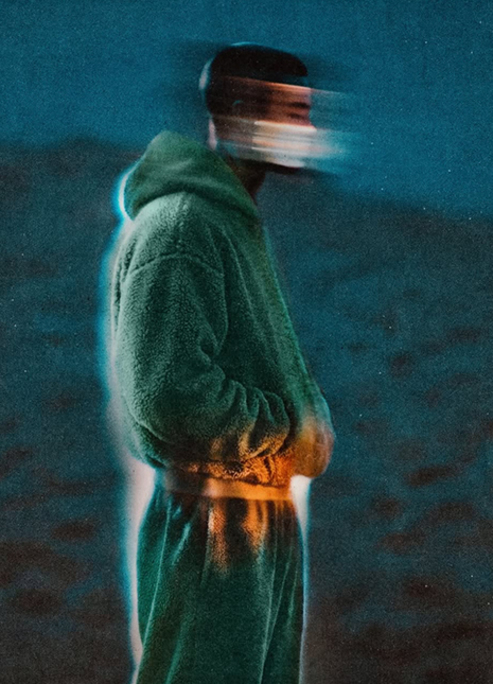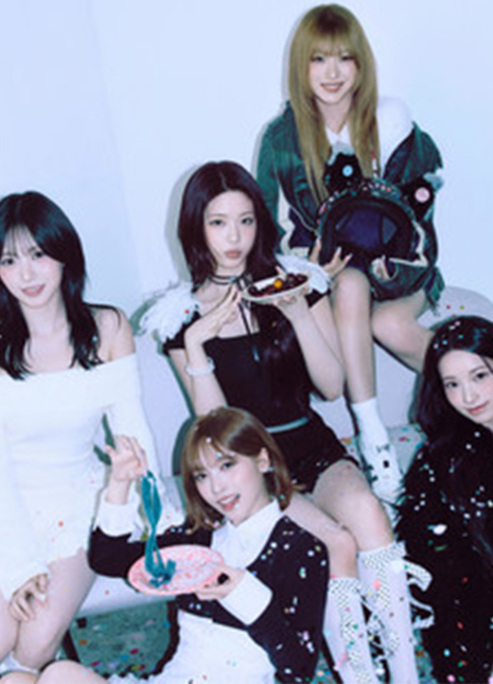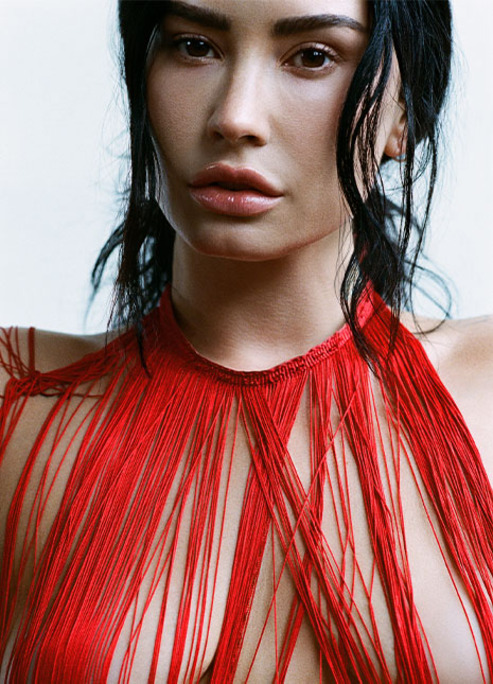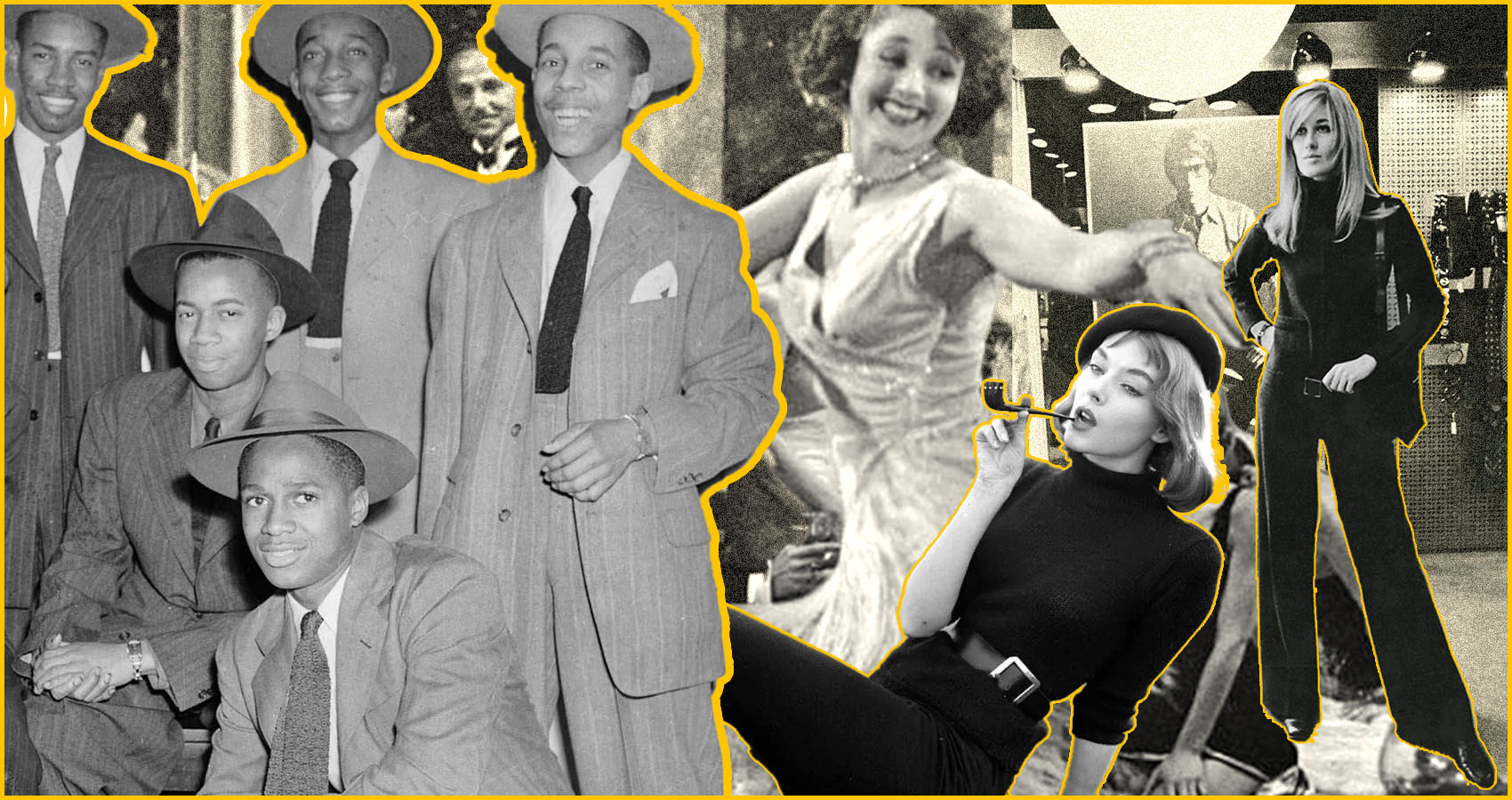
Jazz and Fashion: A Timeless Relationship
From flapper dresses to modern streetwear.
Jazz music has long been more than just a genre—it is a cultural movement that has shaped art, politics, and most notably, fashion. Emerging in the early 20th century, jazz was born in African American communities and became a symbol of innovation, self-expression, and rebellion. Its influence on fashion has been just as profound, creating timeless styles that inspire designers today.
The Roaring Twenties: The Birth of Jazz Fashion
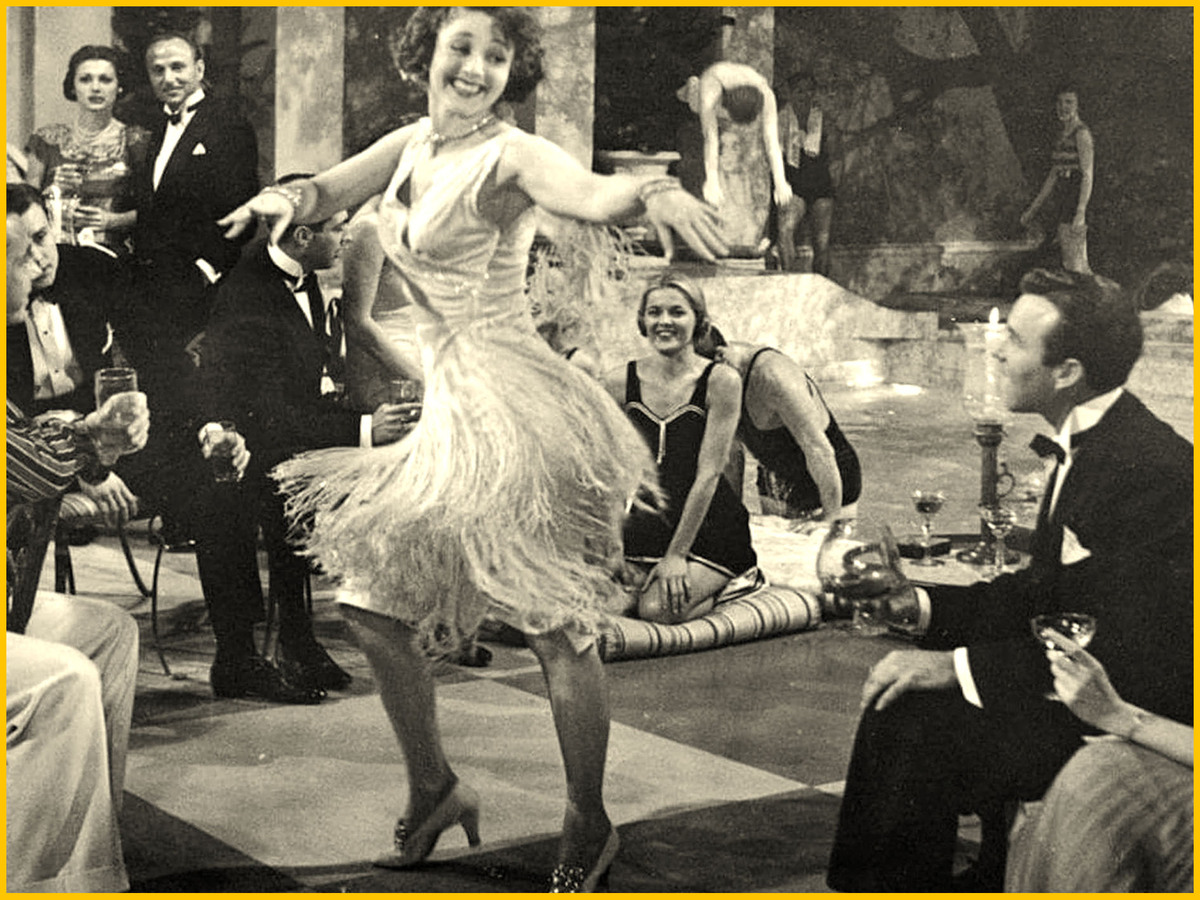
The 1920s, often called the "Jazz Age," was an era defined by social change, liberation, and artistic expression. Speakeasies and underground jazz clubs provided spaces where music and fashion intertwined. The flapper style emerged during this period, characterized by loose-fitting dresses, fringe, sequins, and feathers. Women embraced shorter hemlines, dropped waistlines, and dramatic accessories, mirroring the free-spirited, improvisational nature of jazz music.
Men’s fashion also evolved, with jazz musicians leading the charge. Suits became more relaxed, incorporating wide-legged trousers, double-breasted jackets, and fedoras. Icons like Duke Ellington and Louis Armstrong popularized dapper, tailored looks that blended elegance with a sense of cool nonchalance.
The Swing Era and Zoot Suits
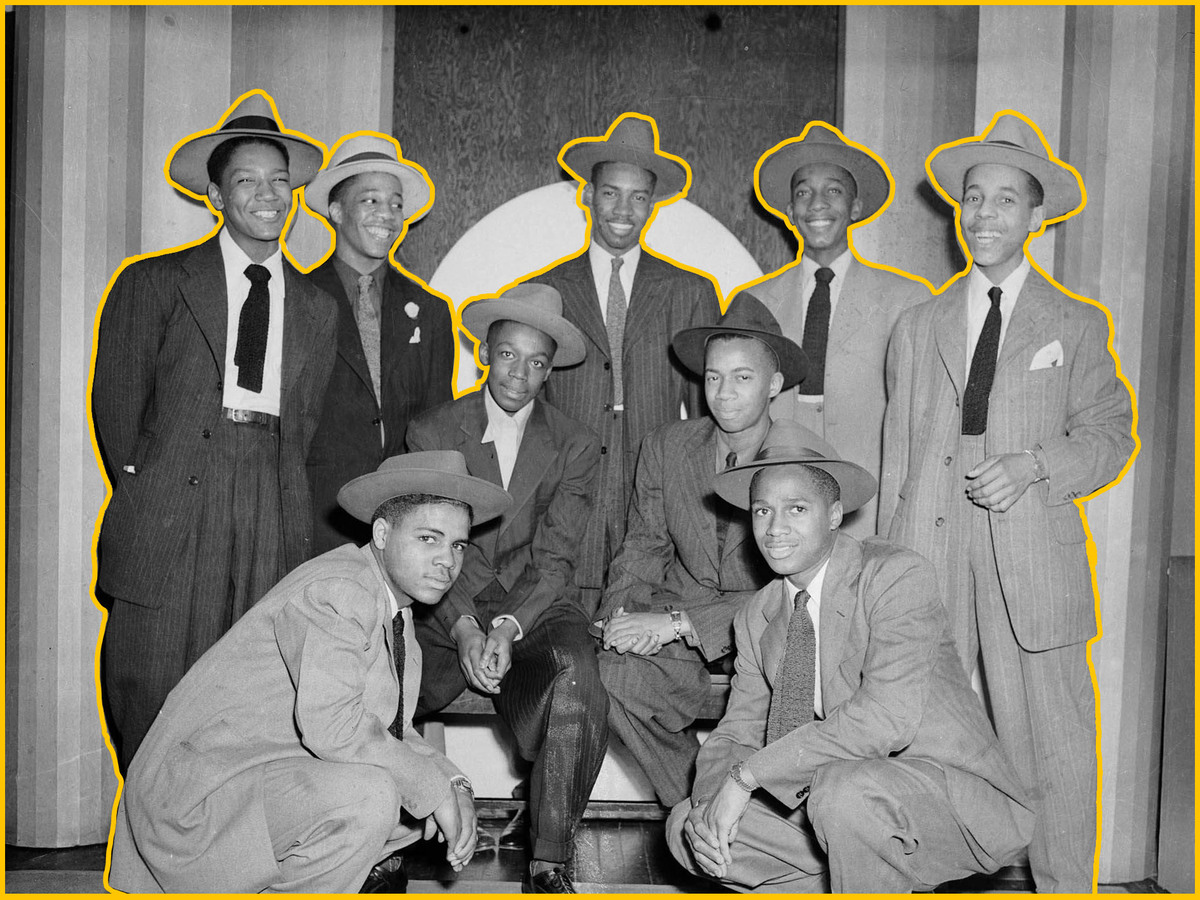
By the 1930s and 1940s, swing music had taken over, and with it came one of the most distinctive fashion statements: the zoot suit. With exaggerated proportions, oversized jackets, and high-waisted, wide-legged pants, the zoot suit became a symbol of defiance and self-expression, particularly among African American, Latino, and Italian communities. The style, frequently worn by jazz musicians, was not just a fashion statement but a political one, representing resistance against societal oppression.
The Cool Jazz Era and Beatnik Style
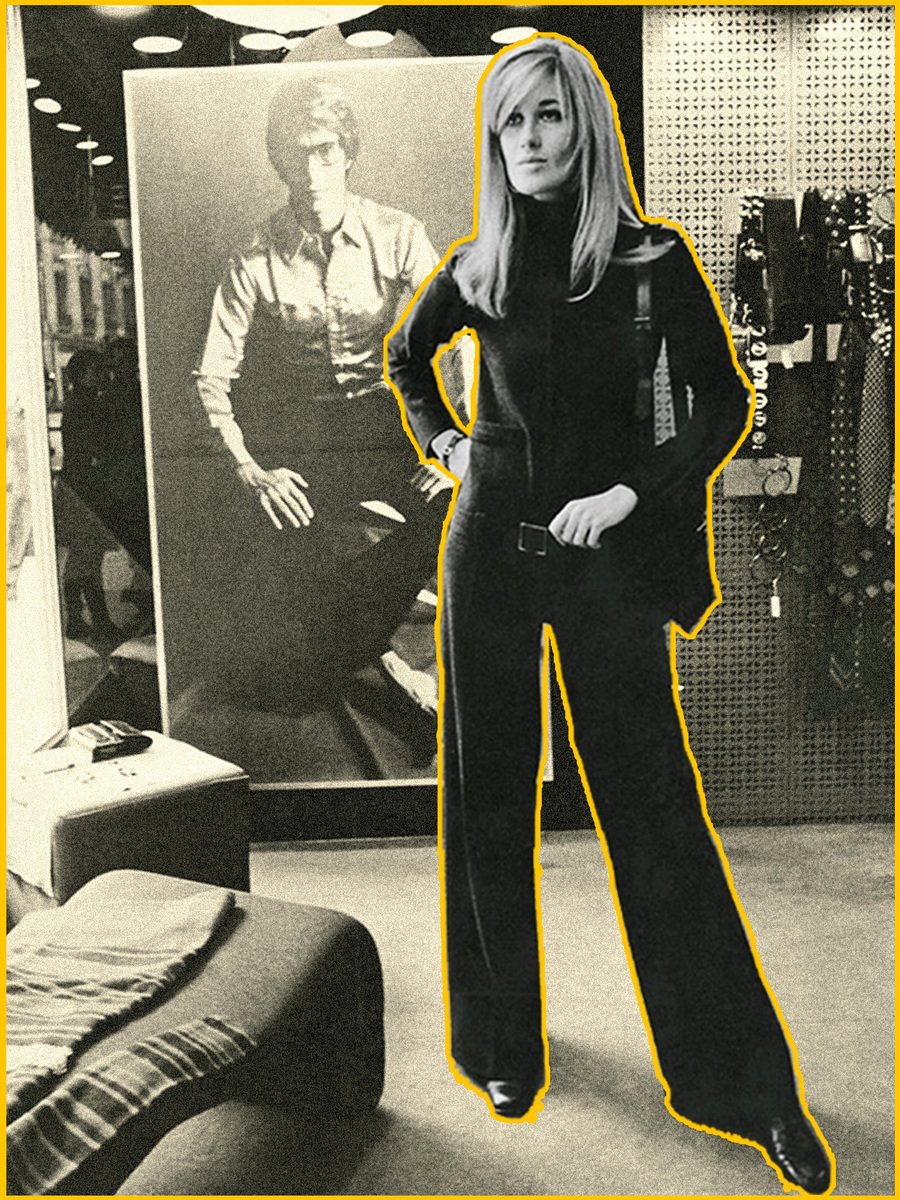
In the 1950s and early 1960s, cool jazz introduced a more sophisticated, restrained sound, and fashion followed suit. The Beatnik movement, heavily influenced by jazz culture, embraced black turtlenecks, berets, cigarette pants, and minimalist aesthetics. Artists like Miles Davis epitomized the effortless, suave look of the era, favoring sharp suits, slim ties, and dark sunglasses. This era saw jazz musicians become international style icons, influencing everything from streetwear to haute couture.
The Fusion of Jazz and High Fashion
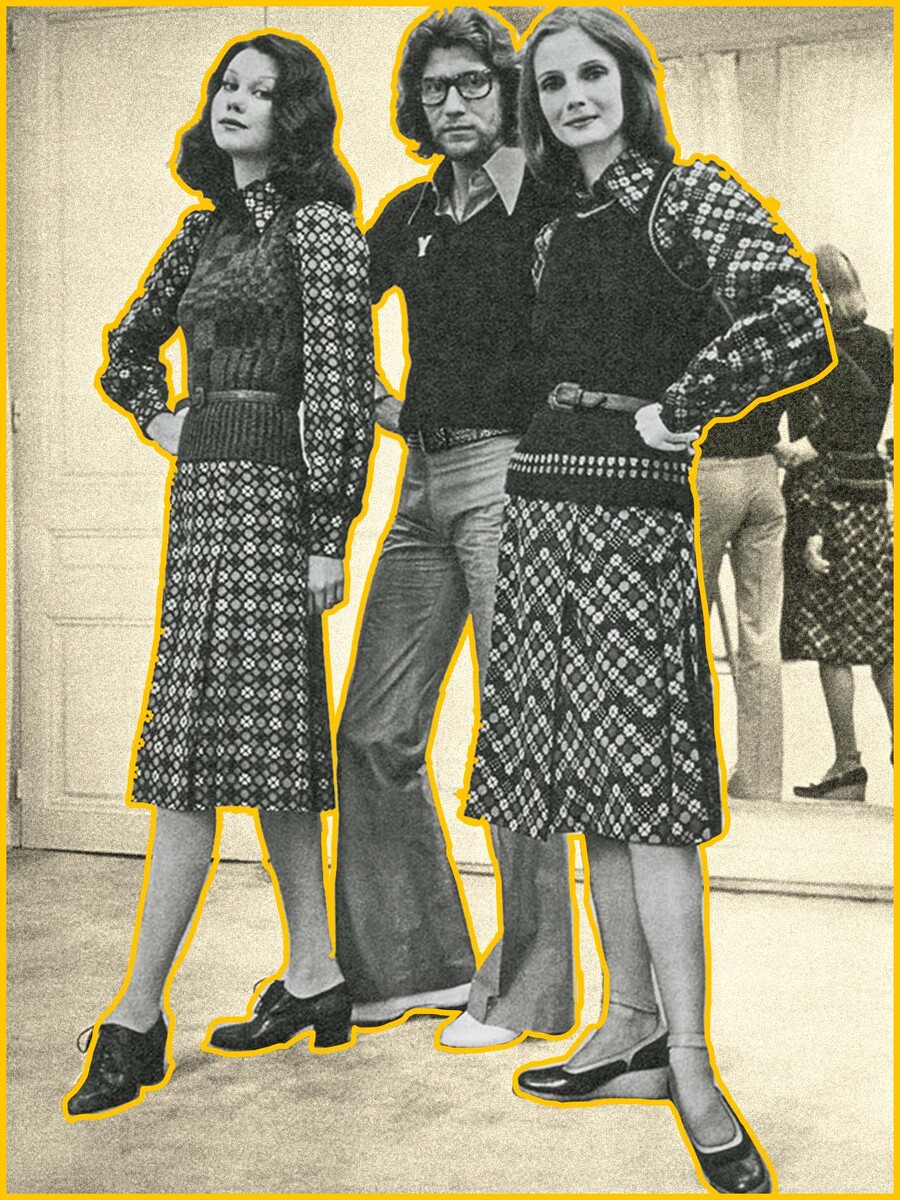
As jazz evolved, so did its influence on fashion. The 1970s and 1980s saw jazz fusion’s experimental energy reflected in bold prints, statement pieces, and eclectic styles. Designers such as Yves Saint Laurent, who was deeply inspired by jazz culture, incorporated elements of the movement into his collections, celebrating the genre’s rich artistic heritage.
Today, jazz continues to shape fashion, from luxury designers drawing inspiration from the past to streetwear brands paying homage to jazz legends. Brands like Dior, Gucci, and Ralph Lauren have referenced jazz-era aesthetics in their collections, demonstrating the genre’s lasting impact. Jazz and fashion share a common spirit of improvisation, individuality, and rebellion. From the flapper dresses of the 1920s to the sleek, avant-garde styles of today, jazz has left an indelible mark on the fashion world. Whether through the elegance of a tailored suit, the boldness of a zoot suit, or the understated cool of beatnik style, jazz remains an enduring source of inspiration for those who seek to express themselves through clothing.



